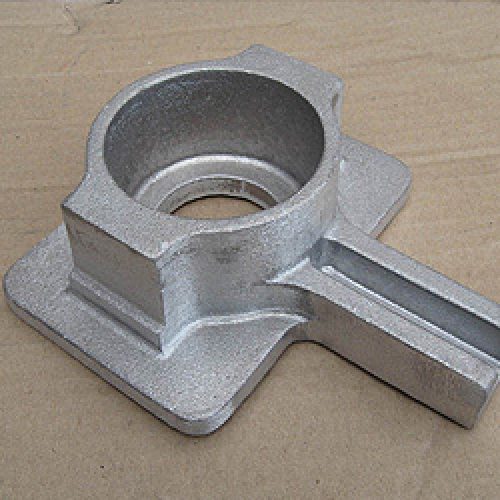Non-ferrous metal castings are equipped with unique properties, material characteristics that find their way into important engineering applications. But these metals liquefy across a wide thermal spectrum. Thankfully, the techniques used to convert these non-ferrous metals into a molten pool are well researched, but it’s difficult to govern an environment that requires the temperature to sometimes climb past 2000°C (3600°F). Let’s see what happens when these temperatures affect iron-free castings.
Avoiding Pattern Shrinkage
Excessive pouring temperatures are difficult to predict, but they’re avoidable when the thermal characteristics of the metal are accounted for. A high-temperature pour in an aluminium casting, for example, is unlikely to cause pattern shrinkage because the liquefying temperature sits comfortably around the 660°C mark. Conversely, refractive non-ferrous metal castings require at least 2000°C and possibly upward of 3500°C. Shrinkage will happen if the temperature excess causes the casting to warp and distort.
Correcting Microporosity Issues
High temperatures play the villain of this piece. Hot pouring means the liquefied alloy is going to be in contact with the mould for an extended period of time. Reactance occurs as the metal cools, leading to gas porosity. The tiny bubbles form microcavities, thus undermining the mechanical strength of the cooling component. Lower the temperature and consider switching to a vacuum-assisted environment, a configuration where low-soluble gases cannot form into hardened porous features on the casting.
Striking Out Low
The temperature factor is a touch easier to predict in this scenario. A lack of thermal excitation equals poor fluidity. The metal component is classed as a “misrun,” a hardened mould that hasn’t properly filled the cavity. Super-detailed patterns that use advanced geometrical profiles suffer from this defect when the pour temperature is low. Additionally, a “cold shut” is a potential issue in this case. The liquid has found its way into every nook-and-cranny within the mould but hasn’t fused together due to a poorly maintained viscosity factor, another attribute that relies heavily on temperature.
These are complex issues, ones that can be corrected by knowing the temperature factors that affect non-ferrous metal castings, but, important as principal thermal settings are, there are other contributory factors at play. The porosity, for instance, is also affected by back pressure, so vents and gating requirements must be properly incorporated. Finally, the foundry must be configured to work with regular non-ferrous metals and their refractory cousins if the finished product is to be fabricated repeatably as a client demands.


